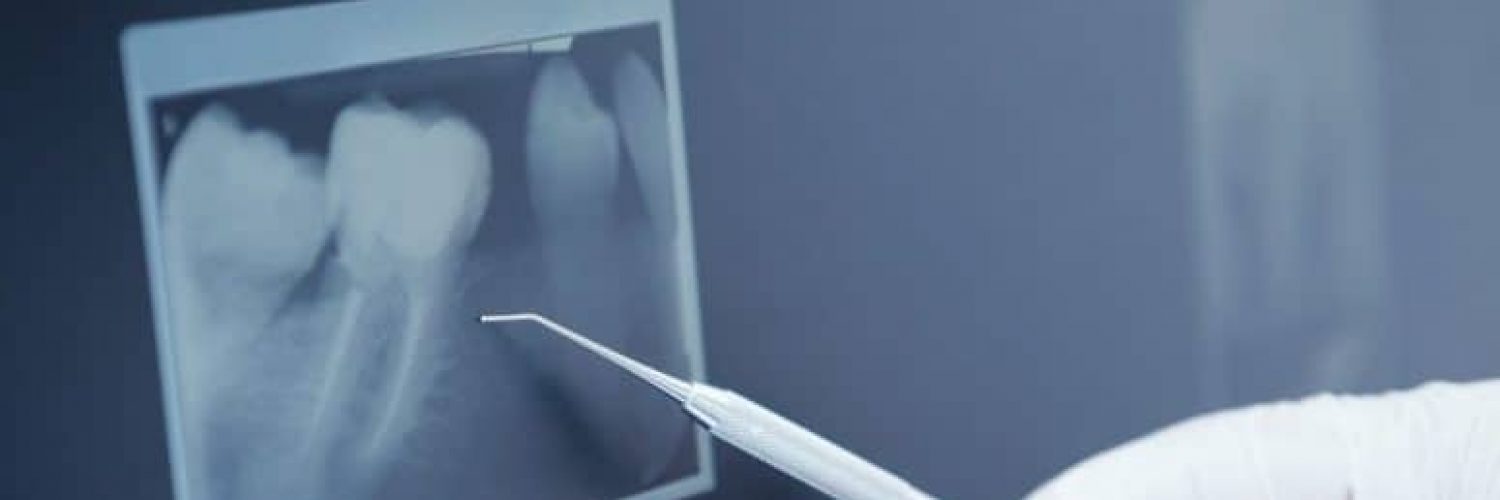Of course, you need an X-Ray if you break a bone or have a similar medical emergency. But, many people wonder if X-Rays are absolutely necessary for a dental setting. There is, of course, the worry of risks associated with radiation that is produced by modern X-Ray technology. This article is written to put you in a position to make an informed decision concerning X-Ray exposure and the perceived risks.
The process of identifying and diagnosing cavities depends heavily on dental X-Rays. It is especially helpful in pinpointing the most common type of cavity which occurs between the teeth. According to the 2000 U.S. Surgeon General Report, almost half of all kindergarteners have cavities. In 2006, it was found that 71% of California children have suffered from cavities by the time they are in 3rd grade. Cavities that are located between the teeth are generally invisible to a visual inspection until they are very large and close to, or even into, the nerve. If we can diagnose decay at an early stage using X-Rays, it allows us to place a more conservative filling which is easier for your child to tolerate and which requires us to drill out less tooth structure. However, if we wait until the decay is large enough to be visible, we are likely to need more substantial treatment that may include a root canal, a stainless steel crown, or in the worst case, the removal of an abscessed and painful tooth. Since, like most kids, your child is likely to keep his or her back baby teeth until 10-12 years old, appropriate treatment at an early age will prevent pain and infection.
Our practice and philosophy are to always act in the best interests of our patients and in many cases that may mean monitoring rather than aggressive treatment. The same philosophy absolutely applies to X-Rays. Our doctors will never prescribe an X-Ray unless we believe it’s clinically necessary and we always personalize the frequency of X-Rays based on an individualized assessment of your child’s risk for decay and a clinical exam. If you are curious, we’re always happy to tell you the exact reason we are recommending an X-Ray and what clinical factors influenced that decision. Additionally, we’ve invested in state-of-the-art digital X-Ray technology to further enhance the diagnostic quality of our images.
In regards to the perceived risks of radiation exposure, it is important to know that ionizing radiation is a naturally occurring phenomenon, and we are all exposed to it on a daily basis. Keep in mind that there are several sources of ionizing radiation already in the environment; for example, naturally occurring radon in the Earth and solar radiation from the sun. To better determine the risk of ionizing radiation, we can compare the radiation dosage from a dental X-Ray to the radiation exposure we encounter through our day-to-day activities.
One scientific unit of measurement of a radiation dose is the micro-Sievert (uSv). In general, the average person in the U.S. receives an effective dose of about 3000 uSv per year from naturally occurring radioactive materials and cosmic radiation. The effective dose varies throughout the country but is stronger at higher altitude. People living in the plateaus of Colorado or New Mexico receive about 1500 uSv more per year than those living near sea level. In fact, you are exposed to cosmic radiation every time you fly at a rate of 5uSv per hour.
In conclusion, an X-Ray exposes your child to such a small amount of radiation that the dangers are very minimal. Dental offices who have implemented high-speed films, or have gone green with digital, have reduced your radiation exposure to an area smaller than the lid of your child’s sippy cup and the equivalent exposure of taking a one hour flight to Disneyland.
For your best dental experience, where your safety is our top priority, contact Eagle Rock Dental Care for an appointment today! We have dental offices in Idaho Falls, Rexburg, and Arco.

